Home>Articles>Why Does One Of My Stove Burners Have Brown Stuff Coming Out Of It When I Clean It
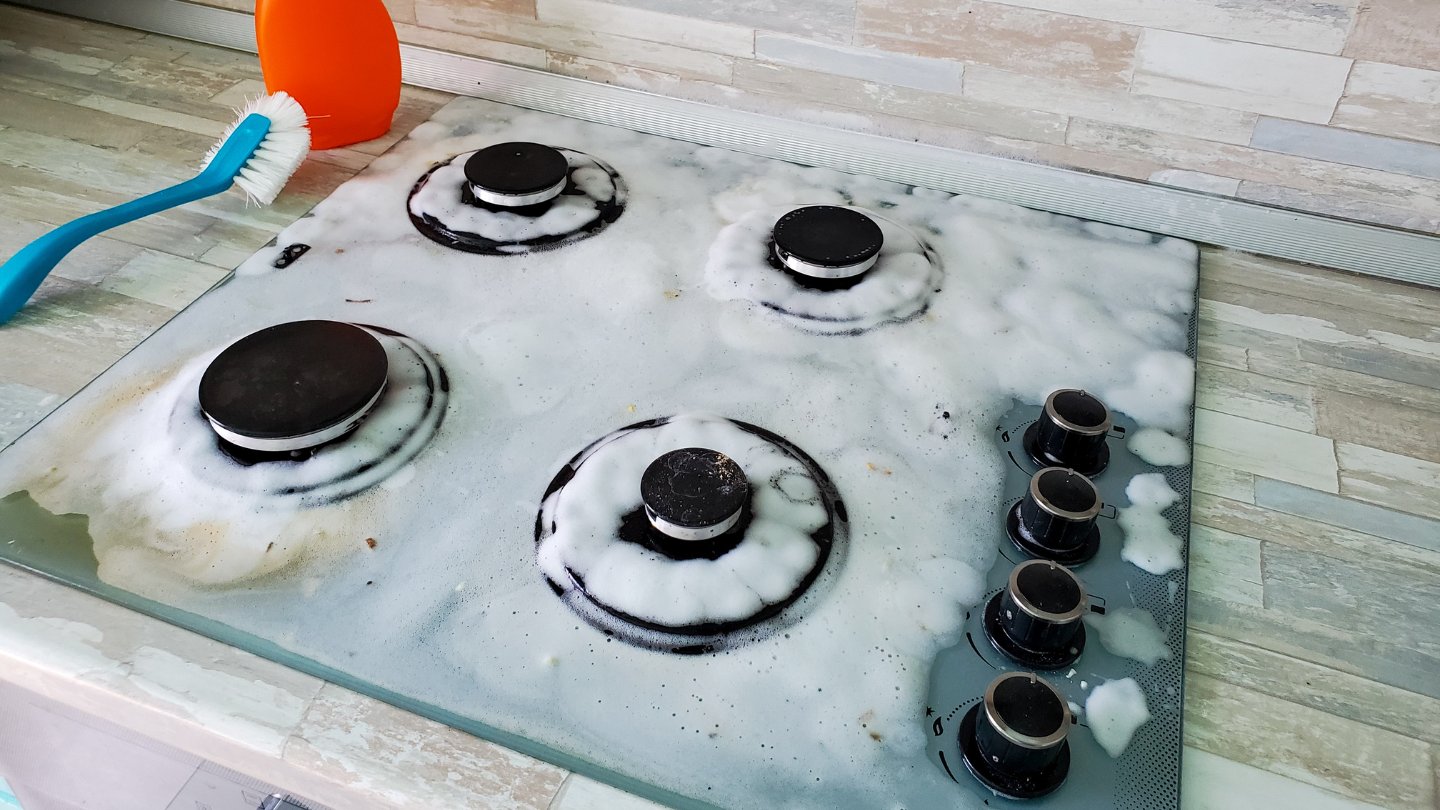

Articles
Why Does One Of My Stove Burners Have Brown Stuff Coming Out Of It When I Clean It
Modified: October 27, 2024
Discover why one of your stove burners has brown stuff coming out when you clean it. Read our informative article to find the solution and keep your stove clean.
(Many of the links in this article redirect to a specific reviewed product. Your purchase of these products through affiliate links helps to generate commission for Storables.com, at no extra cost. Learn more)
Introduction
When it comes to maintaining a clean kitchen, the stove is often one of the most challenging areas to tackle. One common issue that many people encounter is finding brown stuff coming out of their stove burners after cleaning them. This can be a frustrating problem, especially if you’ve put in the effort to scrub away grime and dirt.
In this article, we will explore the reasons why you may find brown stuff coming out of your stove burners after cleaning them. We will also discuss the importance of regular cleaning, safe and effective cleaning methods, and preventive measures to keep your stove burners in pristine condition.
Understanding Stove Burners
Before we delve into the causes of brown stuff on stove burners, let’s take a moment to understand the different types of stove burners you may encounter:
- Gas Burners: Found in gas stoves, these burners have small holes from which the gas is released to create a flame.
- Electric Coil Burners: Common in older electric stoves, these burners are made of coiled metal elements that heat up when electricity passes through them.
- Smooth Top Burners: Found in newer electric stoves, these burners are made of a smooth glass-ceramic surface that heats up when electricity is applied.
Regardless of the type of stove burner you have, their main function is to provide heat for cooking. The burners can accumulate dirt, food spills, and grime over time, leading to the brown stuff you may notice after cleaning.
Common Causes of Brown Stuff on Stove Burners
Now that we have a basic understanding of stove burners, let’s explore some of the common causes of brown stuff appearing on them after cleaning:
- Food Residue Build-Up: When cooking, it’s common for food particles to land on the burner, especially if you’re dealing with dishes that produce a lot of splattering. Over time, these residues can accumulate and turn brown.
- Grease and Oil Splatters: Frying foods or sautéing with oil can lead to splatters that land on the burner. When not promptly cleaned, the oil and grease can harden and become brownish in color.
- Burnt Spills and Dried-on Substances: Accidents happen, and spills are inevitable during cooking. If these spills are not adequately cleaned or left to dry, they can burn onto the burner surface, resulting in a brown, stubborn residue.
In the next sections, we will discuss the importance of regular cleaning and share safe and effective methods for keeping your stove burners clean.
Key Takeaways:
- Regular cleaning of stove burners is crucial to prevent brown residue buildup from food, grease, and spills, ensuring a safe and efficient cooking environment while prolonging the lifespan of your stove.
- Implementing preventive measures such as immediate spill cleanup and the use of drip pans can minimize grime accumulation on stove burners, making cleaning easier and promoting a healthier cooking environment.
Read more: Why Is One Of My Stove Burners Not Working
Understanding Stove Burners
When it comes to cooking delicious meals, having a reliable stove is essential. The burners on your stove provide the necessary heat to cook and prepare your favorite dishes. Let’s take a closer look at the different types of stove burners and their functions:
Types of Stove Burners:
Stoves come in various styles and designs, each featuring a specific type of burner. The type of burner you have depends on the style of your stove, whether it’s gas or electric. Here are the most common types of stove burners:
- Gas Burners: Gas burners are commonly found in gas stoves. These burners have small holes from which gas is released to create a flame. You can adjust the flame intensity using the gas control knob, allowing for precise temperature control during cooking.
- Electric Coil Burners: Electric coil burners are typically found in older electric stoves. These burners consist of coiled metal elements that heat up when electricity passes through them. The coils retain heat, providing a consistent and even cooking surface.
- Smooth Top Burners: Smooth top burners are a common feature in modern electric stoves. These burners are made of a smooth glass-ceramic surface. When electricity is applied, the burner heats up, transferring heat to the cookware placed on top. Smooth top burners are known for their sleek appearance and easy-to-clean surface.
Function of Stove Burners:
Regardless of the type of burner, their main function is to generate heat for cooking. Here’s a closer look at how each type of stove burner functions:
- Gas Burners: Gas burners have a gas supply line connected to them. When you turn on the burner, gas is released and ignited, creating a flame. The size of the flame can be adjusted using the control knob. Gas burners offer instant heat and precise temperature control, allowing for quick and efficient cooking.
- Electric Coil Burners: Electric coil burners are powered by electricity. When the burner is turned on, electricity passes through the coiled metal element, generating heat. The coils heat up and transfer heat to the cookware placed on top. Electric coil burners are known for their durability and ability to maintain a consistent cooking temperature.
- Smooth Top Burners: Smooth top burners are also powered by electricity. When the burner is activated, electricity flows through the glass-ceramic surface, which then heats up. The heat is then transferred to the bottom of the cookware. Smooth top burners offer a sleek and modern look, with easy-to-clean surfaces and precise temperature control.
Regardless of the type of burner you have, proper maintenance and regular cleaning are crucial to ensure optimal performance and longevity.
Common Causes of Brown Stuff on Stove Burners
Discovering brown stuff on your stove burners after cleaning can be a frustrating experience. To prevent this issue, it’s important to understand the common causes of brown residue buildup on stove burners. Here are a few factors that can contribute to the presence of brown stuff:
1. Food Residue Build-Up:
During the cooking process, it’s inevitable that food particles and splatters will end up on the stove burners. Certain dishes, such as stir-fries or dishes that involve frying, tend to produce more splattering. Over time, these food residues can accumulate on the burners and turn brown. Starchy foods like pasta or rice can be particularly prone to sticking and leaving behind residue.
2. Grease and Oil Splatters:
Grease and oil are common culprits when it comes to brown stuff on stove burners. When you fry foods or sauté with oil, small droplets can splatter onto the burners. If not promptly cleaned, the oil and grease can harden and become brownish in color. This buildup can be particularly challenging to remove once it has dried on the burners.
3. Burnt Spills and Dried-on Substances:
We’ve all had cooking mishaps where spills occur. If these spills aren’t cleaned up immediately, they can burn onto the burner surface. Burnt spills and dried-on substances can leave behind a stubborn brown residue that is difficult to remove. This can happen with sauces, soups, or other liquid substances that have accidentally spilled and dried onto the burner.
Getting rid of the brown stuff on your stove burners requires regular maintenance and proper cleaning techniques. In the next section, we’ll discuss the importance of regular cleaning and how it can help prevent the buildup of brown residue on your stove burners.
The Importance of Regular Cleaning
Regular cleaning of your stove burners is essential not only for maintaining a clean kitchen but also for several other reasons. Let’s explore the importance of regular cleaning and the benefits it brings:
1. Preventing Fire Hazards:
One of the primary reasons for cleaning your stove burners regularly is to prevent fire hazards. When food residues, grease, and oil build up on the burners, they can become flammable. If a flame reaches these combustible substances, it can result in a dangerous fire. Keeping your stove burners clean reduces the risk of accidental fires in your kitchen.
2. Maintaining Efficiency:
Clean stove burners perform much more efficiently than dirty ones. When grime and residue accumulate on the burner surface, it can affect the heat distribution. This uneven heat distribution can result in uneven cooking and longer cooking times. By regularly cleaning your stove burners, you ensure that the heat is evenly distributed, allowing for more efficient and effective cooking.
3. Prolonging the Lifespan of your Stove:
Stove burners that are neglected and not properly cleaned can deteriorate faster over time. The accumulated dirt, grease, and residue can cause damage to the burner components, such as the ignition system or heating elements. Regular cleaning helps to prolong the lifespan of your stove by preventing the buildup of corrosive substances and ensuring your burners work optimally for years to come.
Taking the time to clean your stove burners regularly not only improves the overall safety and efficiency of your kitchen but also helps you avoid costly repairs or premature replacements. In the next section, we will discuss safe and effective methods for cleaning your stove burners.
Use a mixture of baking soda and water to create a paste and apply it to the burner. Let it sit for 15-20 minutes, then scrub with a sponge to remove the brown residue.
Safe and Effective Cleaning Methods
Now that we understand the importance of regular cleaning, let’s explore some safe and effective methods for cleaning your stove burners:
1. Gather the Necessary Tools and Materials:
Before you begin cleaning your stove burners, gather the necessary tools and materials. You will need dish soap, warm water, a soft cloth or sponge, a non-abrasive scrub brush, and a towel or paper towels for drying.
2. Removing the Burner Grates:
Start by removing the burner grates from your stove. Most grates can be lifted off easily. Place them in a sink filled with warm, soapy water to soak and loosen any stubborn grime or residue.
3. Wiping Down the Stove Burners:
With the burner grates removed, use a soft cloth or sponge dampened with warm, soapy water to wipe down the surface of the stove burners. Gently scrub away any visible dirt, grease, or food particles. Be sure to clean around the ignition system, knobs, and any other nooks and crannies on the burners. Rinse the cloth or sponge and repeat as needed.
4. Cleaning Off Stubborn Stains:
If you encounter stubborn stains or residues on your stove burners, use a non-abrasive scrub brush or toothbrush to gently scrub the affected areas. For tougher stains, you can create a paste by mixing baking soda with water and apply it to the stains. Let the paste sit for a few minutes before scrubbing. This can help lift and remove stubborn stains.
5. Reassembling and Testing:
Once the stove burners are clean and free of residue, dry them thoroughly with a towel or paper towels. Make sure they are completely dry before reassembling them. Place the clean burner grates back onto the stove. Before using the burners, it’s a good idea to test them by turning them on and ensuring they ignite properly.
Regular cleaning using these safe and effective methods will help you maintain clean, functional, and efficient stove burners. However, if you encounter stubborn stains that refuse to come off, there are alternative cleaning solutions you can try, which we will discuss in the next section.
Read more: How Do I Even Out My Stove Burners
Alternative Solutions for Stubborn Stains
If you encounter stubborn stains on your stove burners that are not easily removed with regular cleaning methods, don’t worry! There are alternative cleaning solutions you can try to tackle those persistent stains:
1. Baking Soda Paste:
Baking soda is a versatile and effective cleaning agent. To create a baking soda paste, mix baking soda with a small amount of water until you achieve a thick, spreadable consistency. Apply the paste to the stubborn stains on your stove burners and let it sit for a few minutes. Then, using a non-abrasive scrub brush or toothbrush, gently scrub the stains in circular motions until they start to lift. Rinse the burners thoroughly with warm water and dry them before reassembling.
2. Vinegar and Lemon Solution:
Vinegar and lemon are both natural cleaners that can help break down tough stains on stove burners. Fill a spray bottle with equal parts white vinegar and lemon juice. Spray the solution onto the stubborn stains and let it sit for a few minutes to penetrate. Then, use a soft cloth or sponge to gently scrub the stains. The acidic properties of vinegar and lemon will help lift the stains. Rinse the burners with water and dry them thoroughly.
3. Commercial Stove Cleaner:
If the baking soda paste or vinegar and lemon solution do not fully remove the stubborn stains, you can consider using a commercial stove cleaner. There are many stove cleaners available on the market specifically designed to tackle tough stains and grease. Follow the instructions provided by the manufacturer on how to use the cleaner effectively and safely. Be sure to ventilate your kitchen properly while using any chemical cleaners and use gloves for protection.
Remember, when using alternative cleaning solutions, always test a small, inconspicuous area of your stove burners first to ensure compatibility and prevent any potential damage. Additionally, rinse the burners thoroughly after using these solutions to remove any residue. Regular cleaning, combined with these alternative cleaning methods, will help keep your stove burners clean and stain-free.
Prevention Tips for Keeping Stove Burners Clean
Maintaining clean stove burners becomes much easier when you follow some preventive measures. By implementing these simple tips, you can minimize the amount of grime and residue that accumulates on your stove burners:
1. Clean Up Spills Immediately:
Whenever spills or splatters occur while cooking, it’s crucial to clean them up promptly. Use a damp cloth or sponge to wipe away any food particles or liquids that have landed on the stove burners. By tackling spills immediately, you prevent them from drying and becoming stubborn stains that are more challenging to remove in the future.
2. Utilize Drip Pans or Liners:
Using drip pans or liners can help catch any food debris or spills that may occur while cooking. These removable pans or liners sit under the burner grates and can be easily removed and cleaned. They serve as a protective barrier between your stove burners and any potential mess, making cleanup much more manageable.
3. Avoid High Heat and Boiling Over:
Preventing boil-overs and using high heat excessively can help minimize the amount of residue that lands on your stove burners. When boiling liquids, use a lower heat setting and keep an eye on the pot to prevent it from boiling over. Boiling liquids or sauces can easily splatter and leave behind tough-to-clean residue on the burners.
Regularly practicing these prevention tips will significantly contribute to the cleanliness and longevity of your stove burners. Remember, maintaining a clean cooking area not only enhances the aesthetic appeal of your kitchen but also promotes a healthier and safer cooking environment.
Conclusion
Keeping your stove burners clean is essential for maintaining a functional and safe kitchen. Brown stuff appearing on your stove burners after cleaning can be a common and frustrating challenge. However, understanding the causes and implementing proper cleaning methods can help resolve this issue.
Throughout this article, we’ve explored the different types of stove burners and their functions, as well as the common causes of brown residue on them. We’ve discussed the importance of regular cleaning to prevent fire hazards, maintain efficiency, and prolong the lifespan of your stove.
To effectively clean your stove burners, we’ve provided safe and practical cleaning methods. Gathering the necessary tools and materials, removing the burner grates, wiping down the burners, and cleaning off stubborn stains are all crucial steps in achieving a clean and functional stove. We’ve also shared alternative solutions like using baking soda paste, vinegar and lemon solution, or commercial stove cleaners for stubborn stains.
Additionally, we’ve provided prevention tips to minimize the accumulation of grime and residue on your stove burners. By cleaning up spills immediately, utilizing drip pans or liners, and avoiding high heat and boiling over, you can maintain cleaner burners and reduce the need for extensive cleaning.
In conclusion, taking the time to clean your stove burners regularly and employing preventive measures will ensure a clean, safe, and efficient cooking experience. By following the tips and methods mentioned in this article, you’ll be able to tackle brown stuff on your stove burners and enjoy a clean kitchen for years to come.
Curious about tackling more hands-on projects around your home? Our detailed guide on home repair will empower you with practical advice and easy-to-follow steps for various maintenance tasks. Whether you're dealing with a leaky faucet or creaky floors, you'll find invaluable tips to handle repairs confidently. Don't let minor issues escalate—learn to fix them swiftly with our expert insights. Ready to become more self-reliant in maintaining your living space? Check out our article for all the details!
Frequently Asked Questions about Why Does One Of My Stove Burners Have Brown Stuff Coming Out Of It When I Clean It
Was this page helpful?
At Storables.com, we guarantee accurate and reliable information. Our content, validated by Expert Board Contributors, is crafted following stringent Editorial Policies. We're committed to providing you with well-researched, expert-backed insights for all your informational needs.
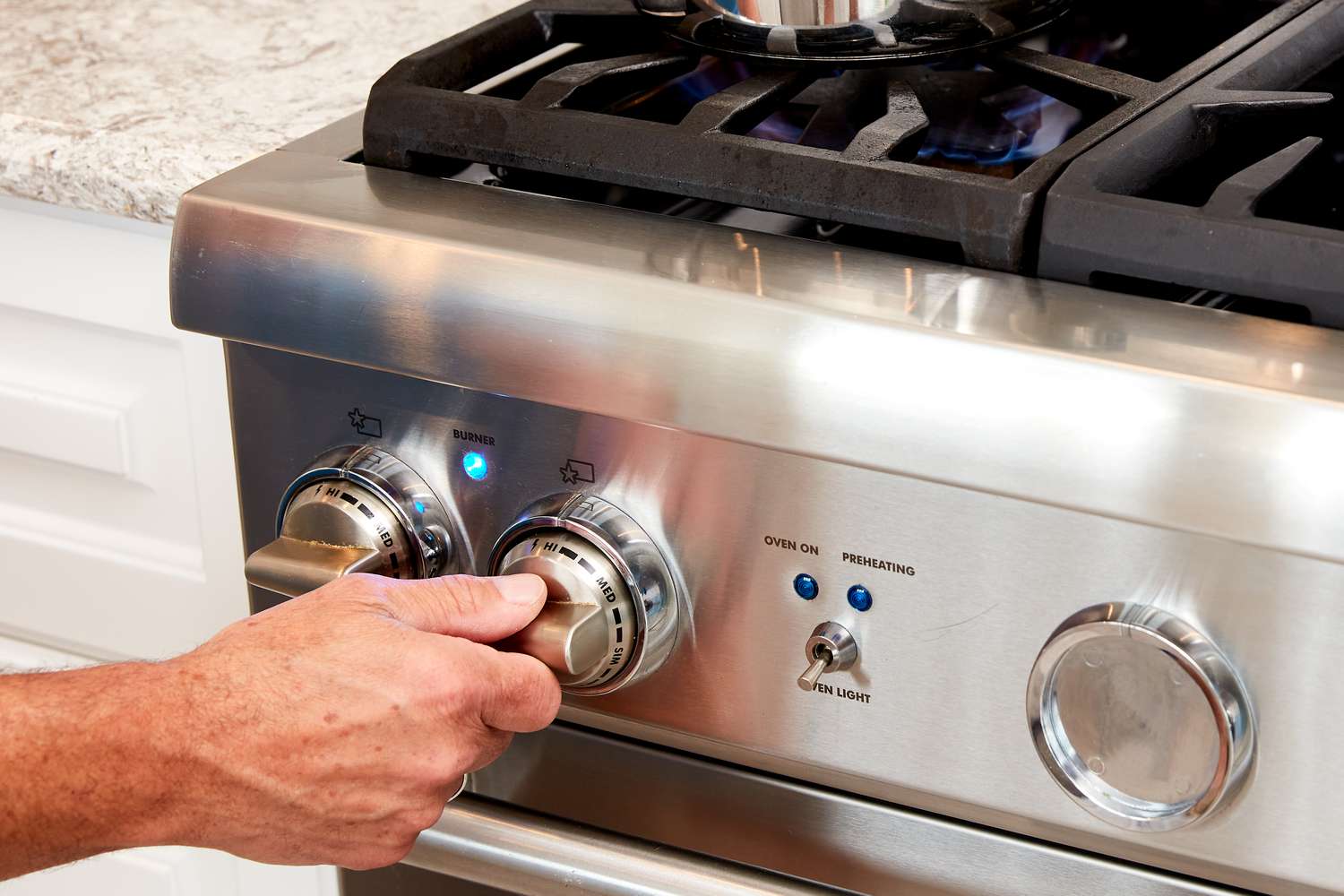
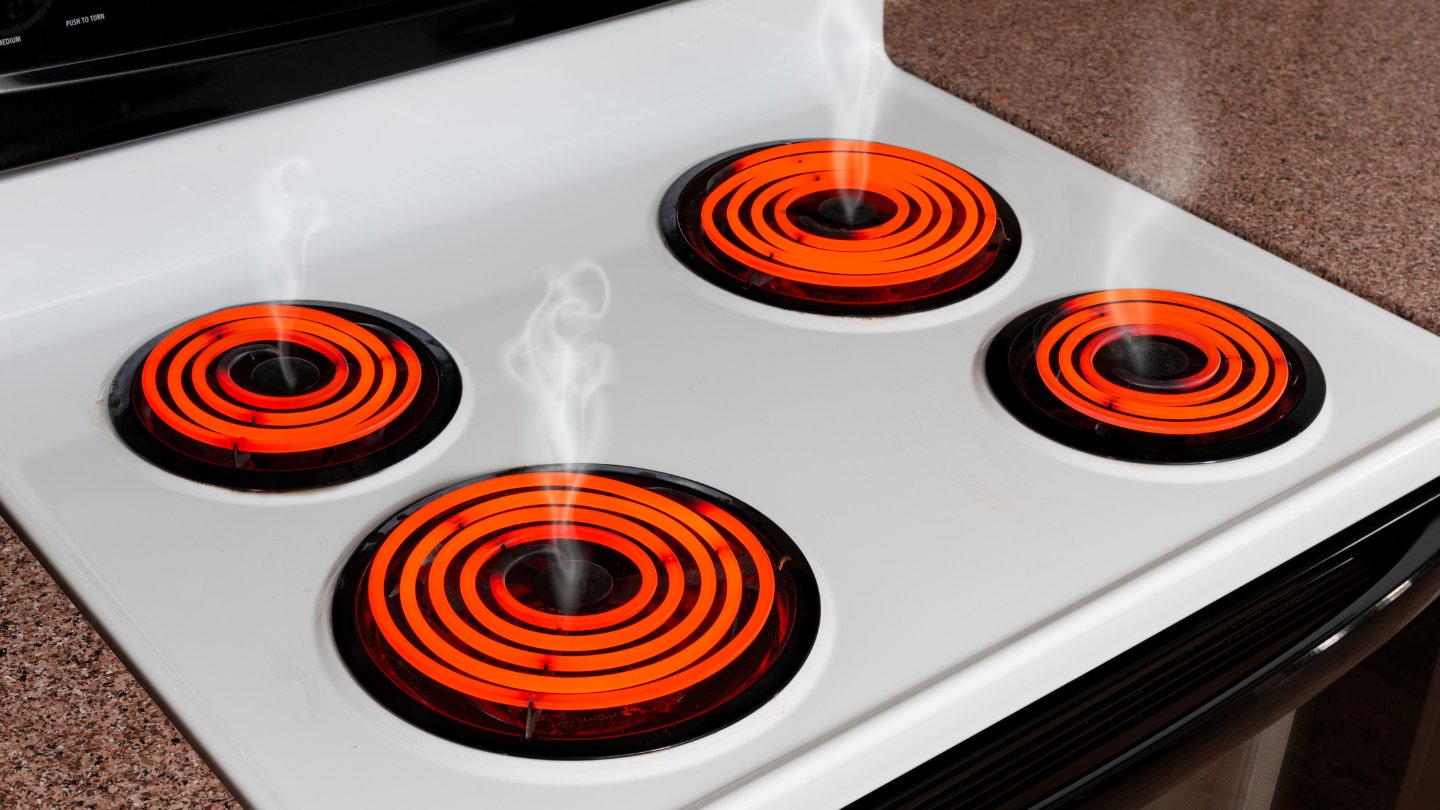
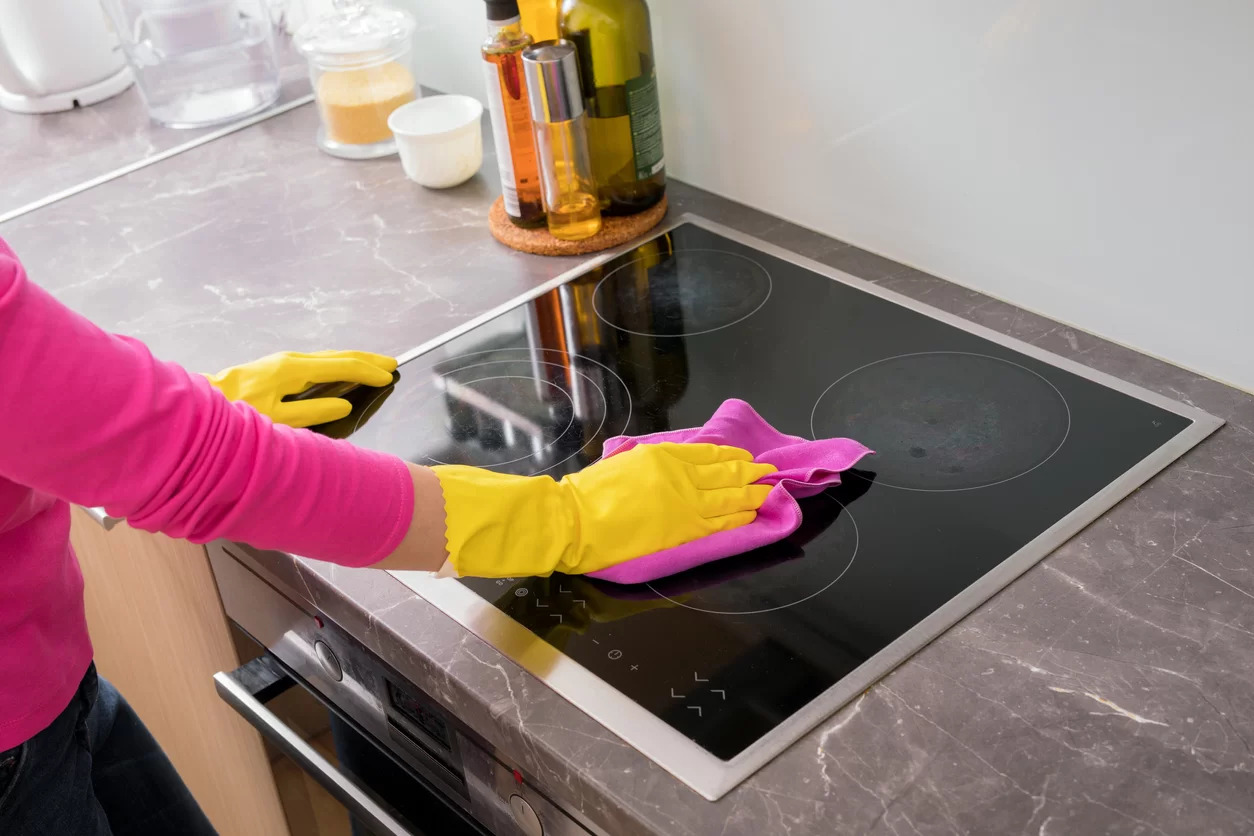

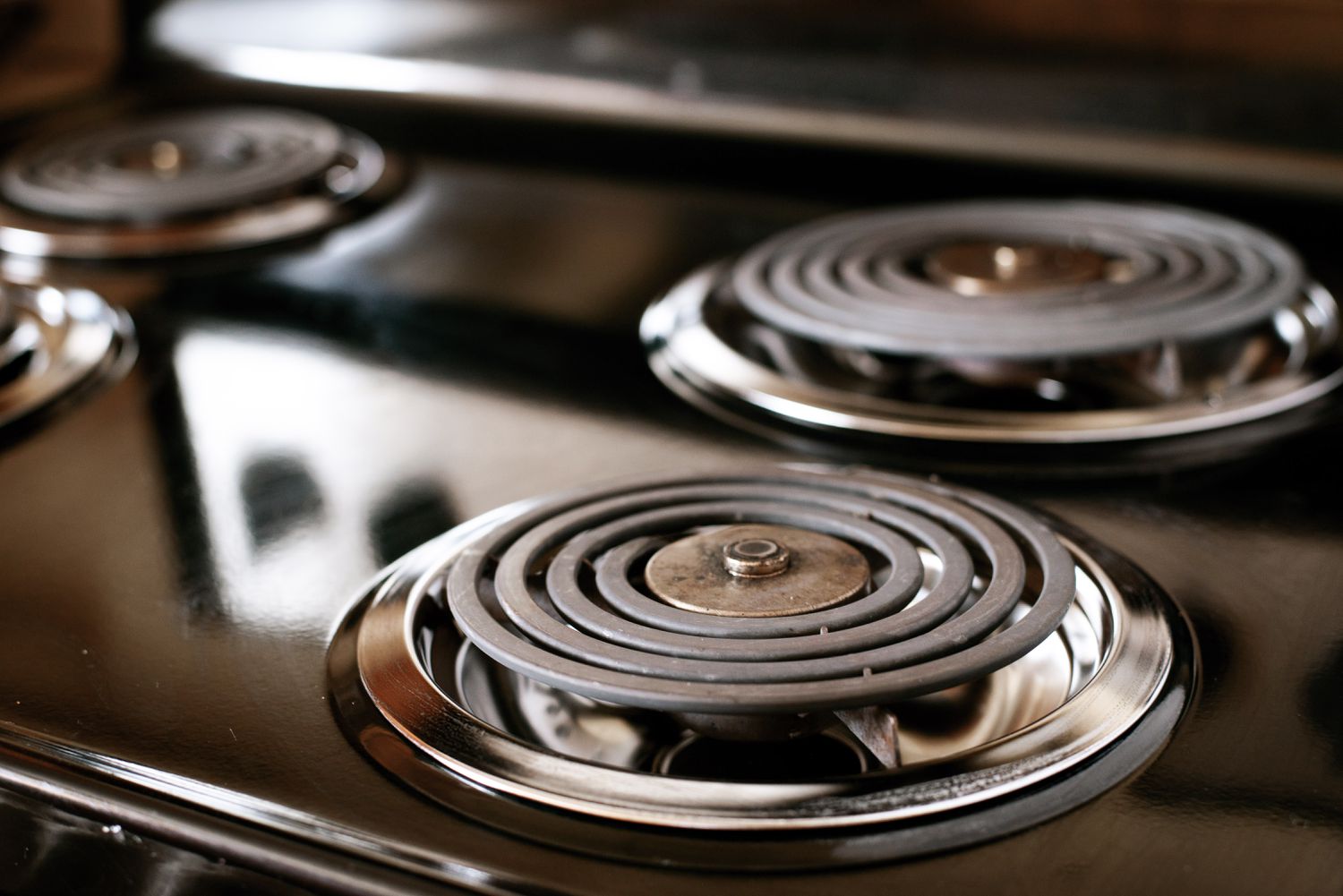
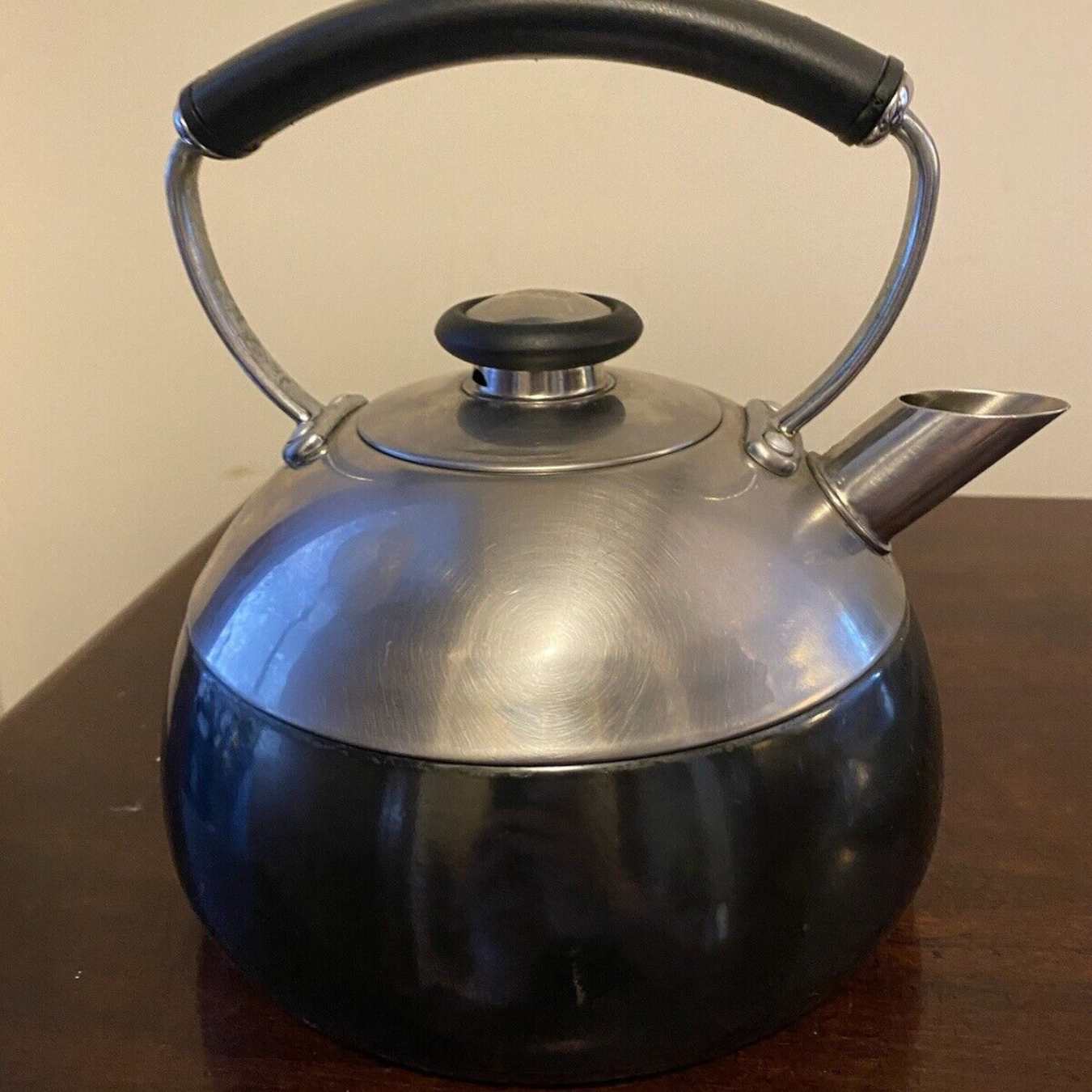
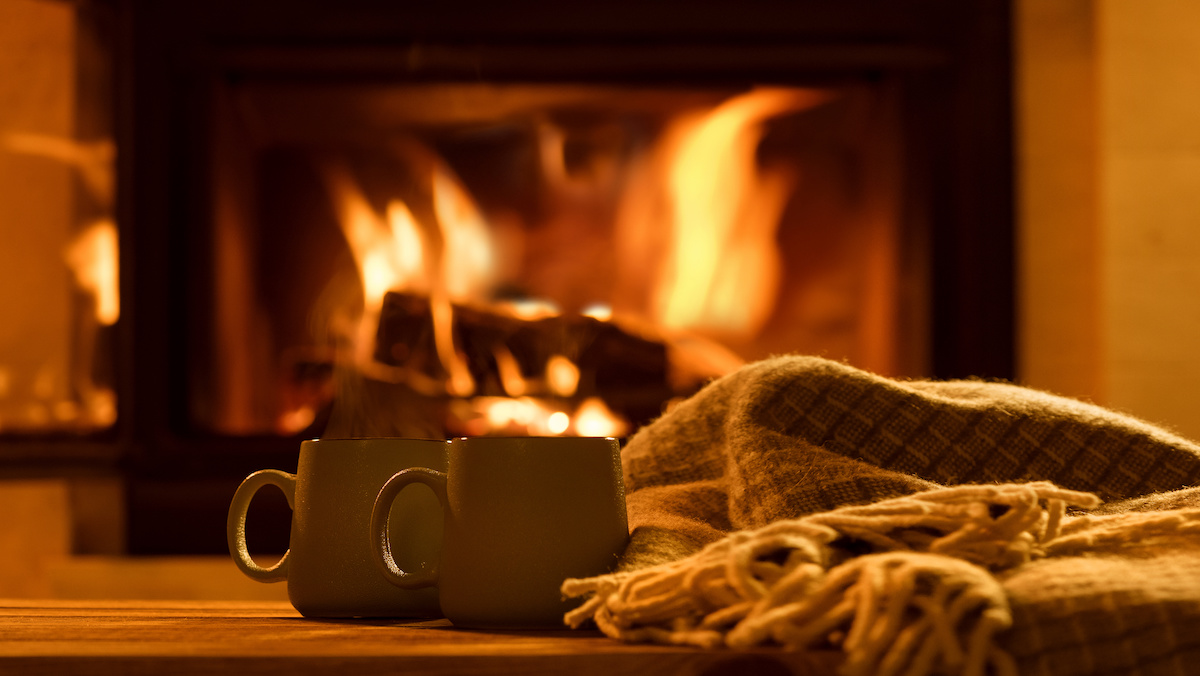
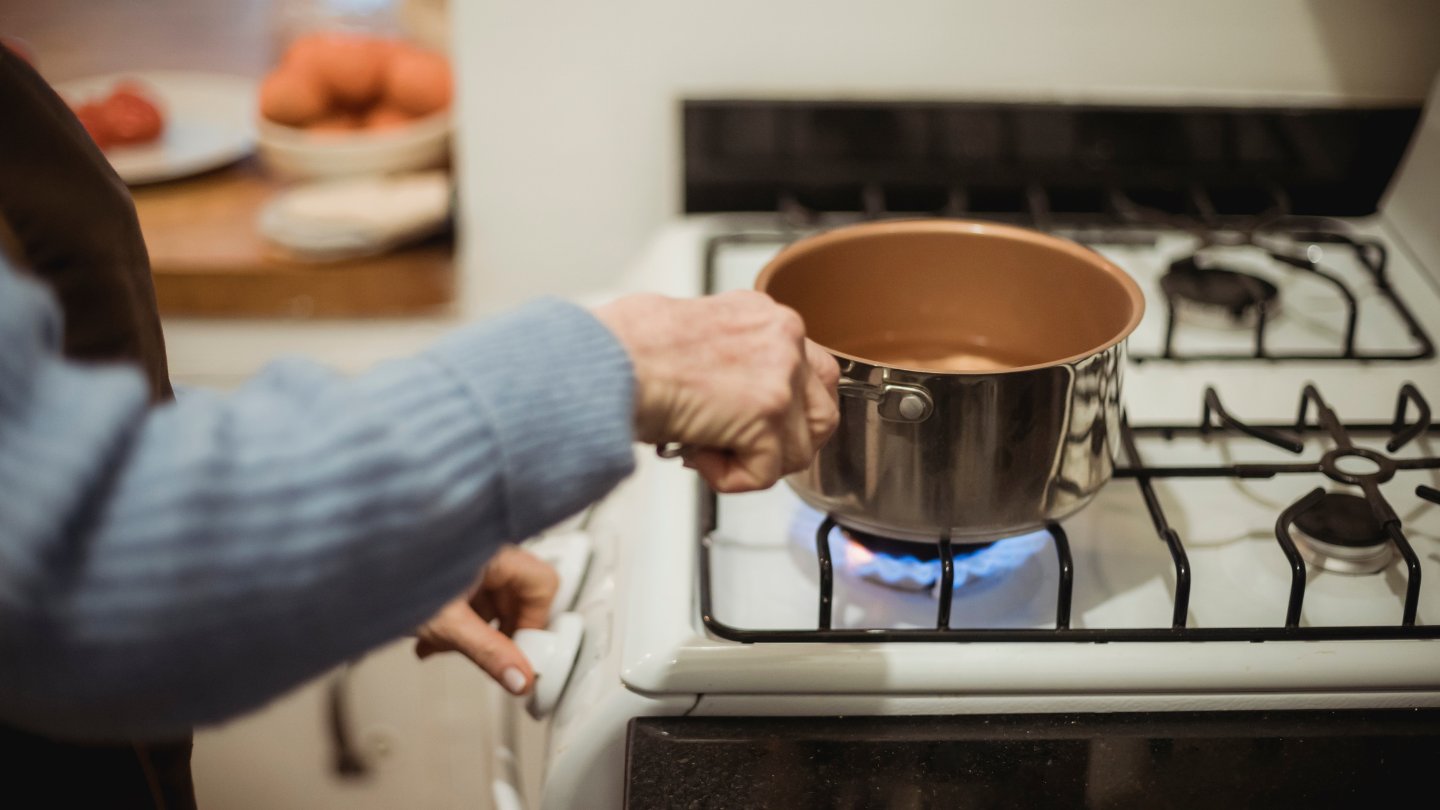
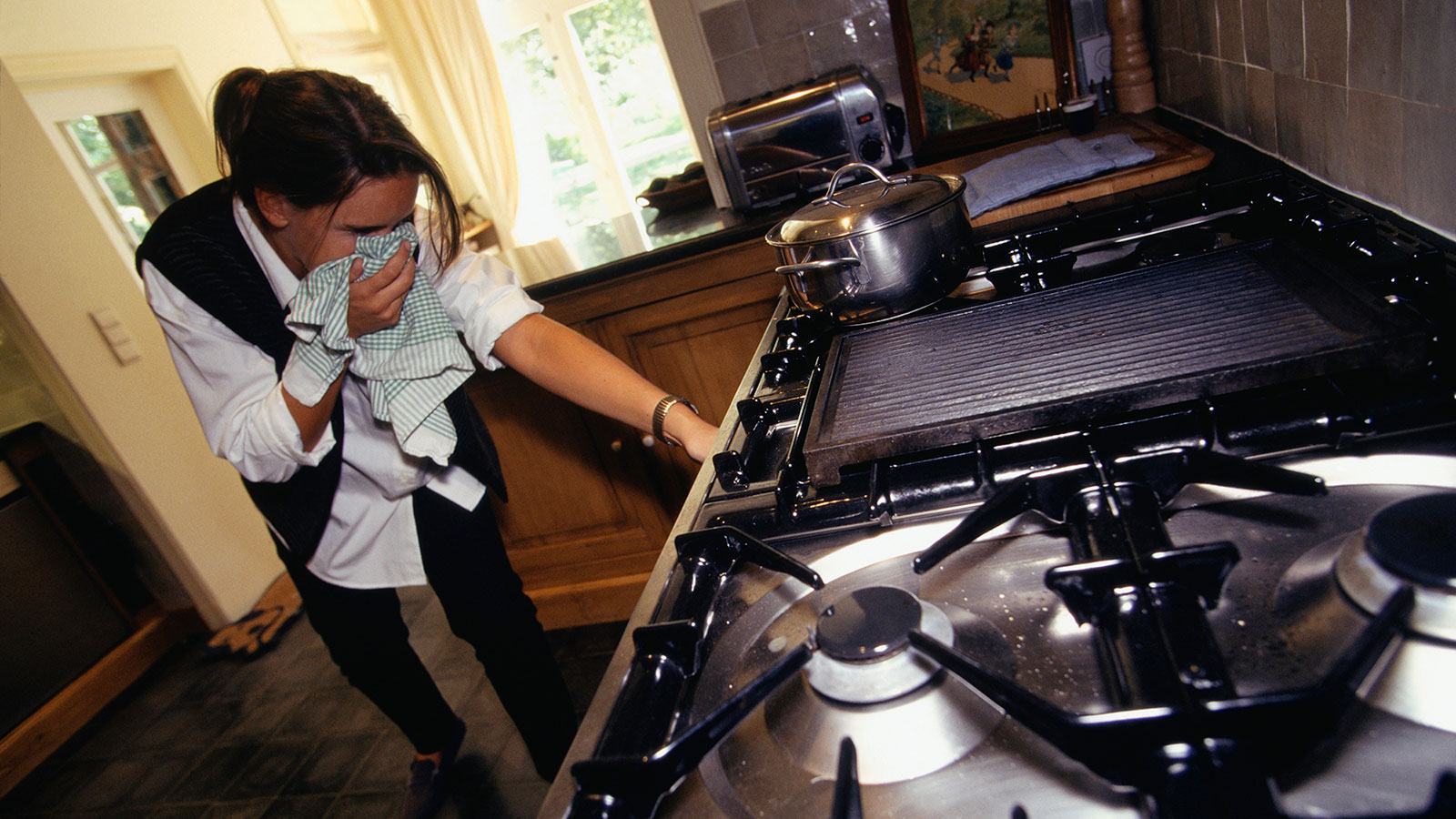
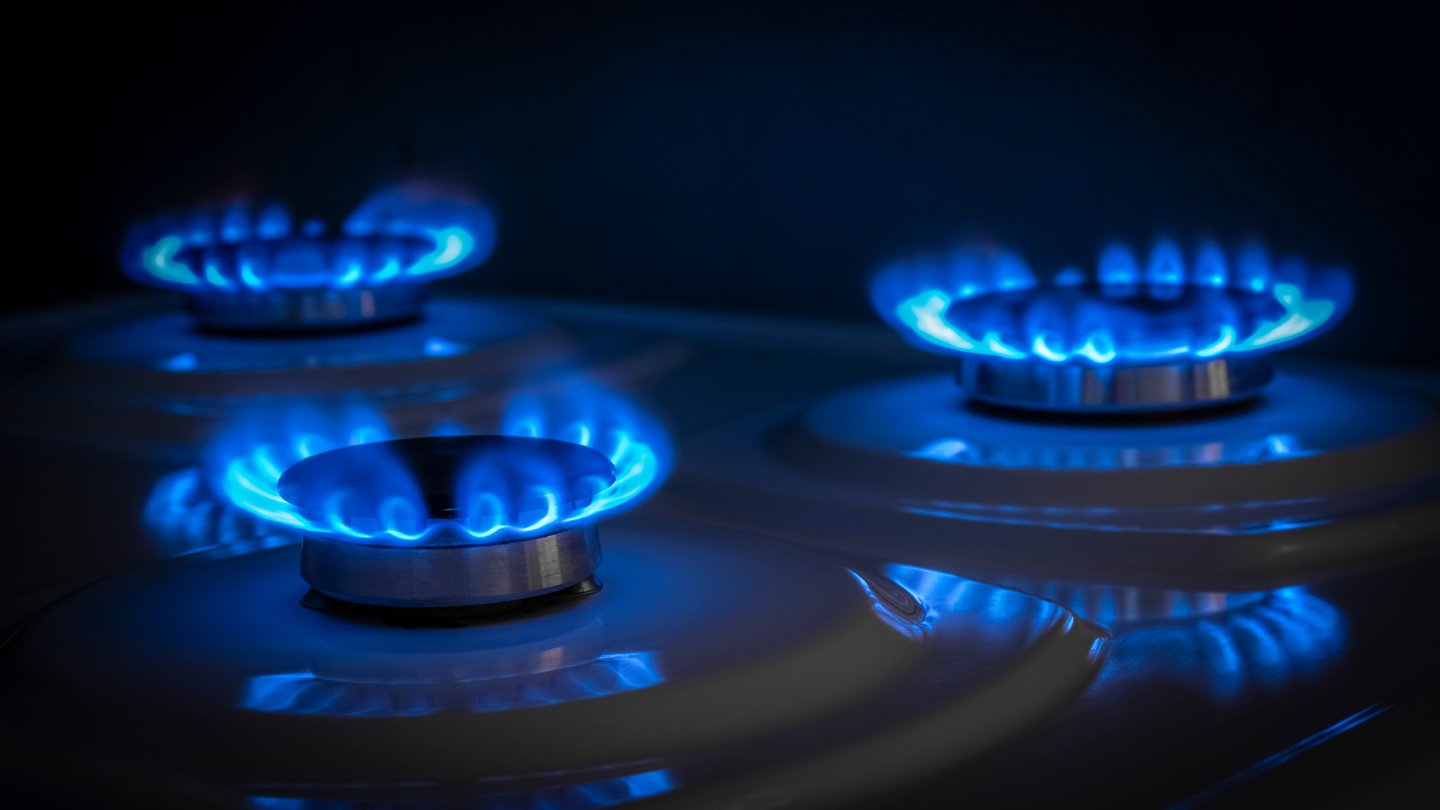
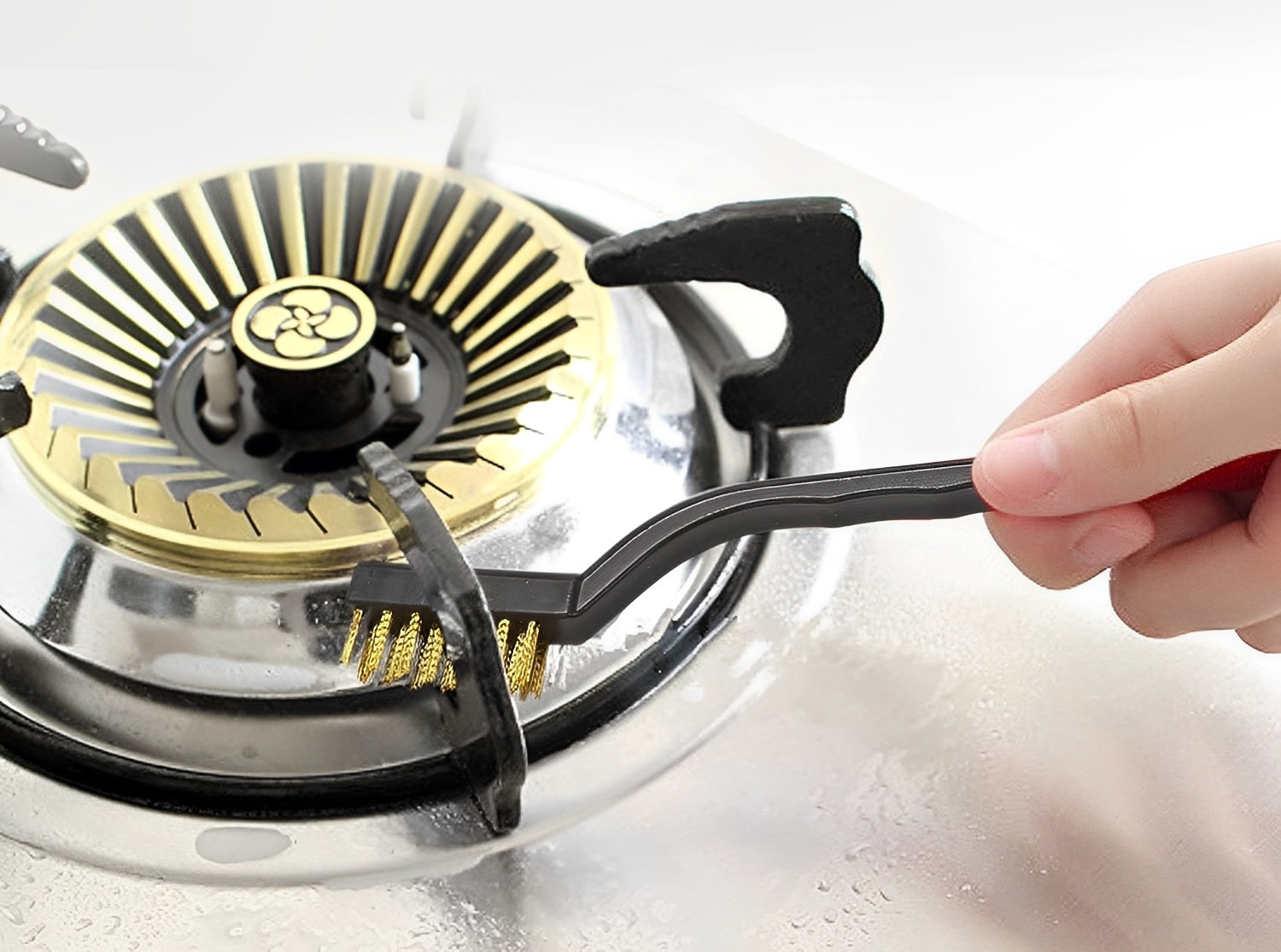

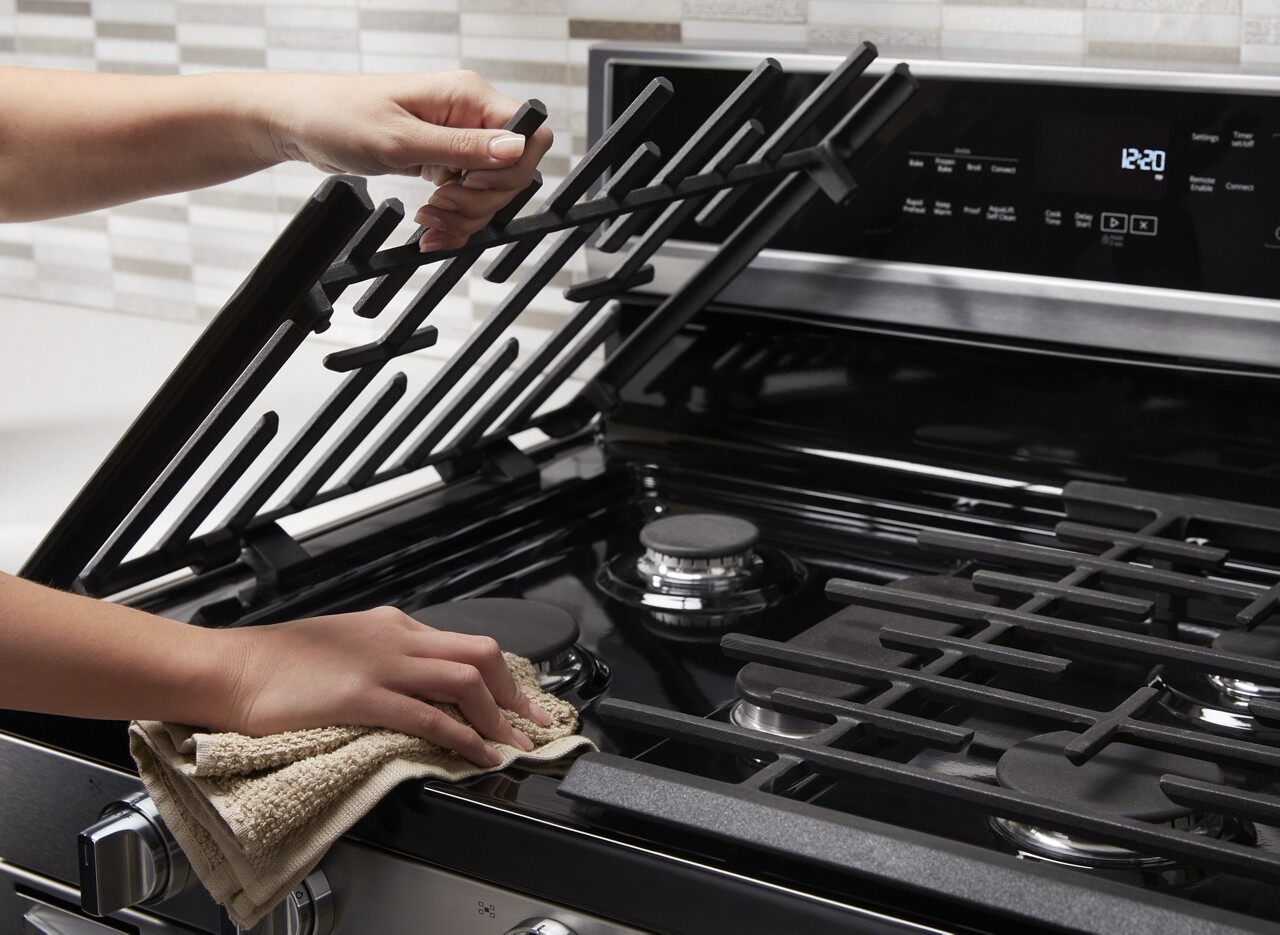
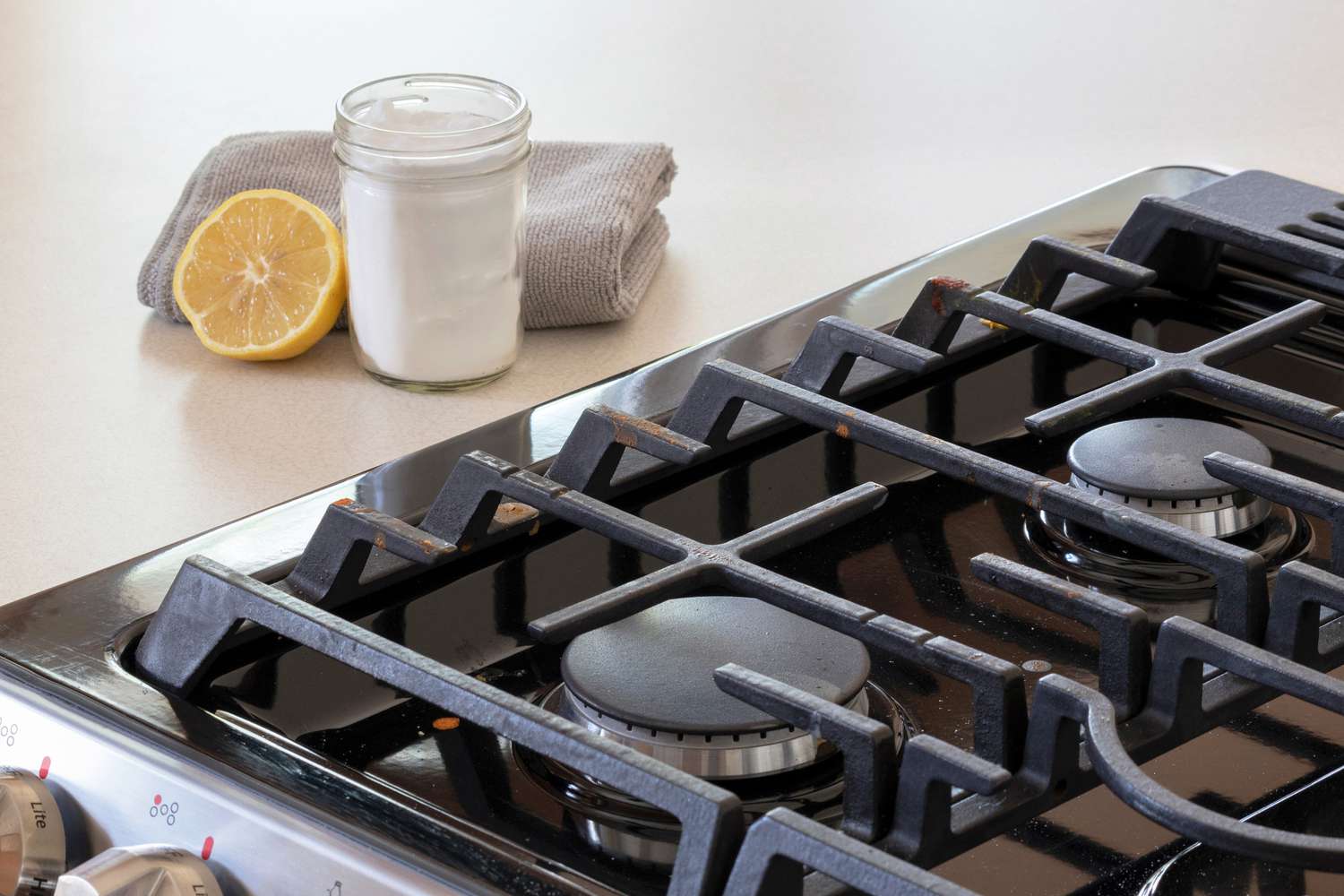

0 thoughts on “Why Does One Of My Stove Burners Have Brown Stuff Coming Out Of It When I Clean It”